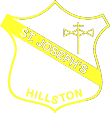Educating In Christ is a Religious Education Curriculum: unfolding in a liturgical spiral.
Students participate in learning experiences that are aligned to the liturgical seasons of the Catholic church. The spiral content increases in complexity from year to year and reinforces previous learning.
The methodology is based upon the work of Maria Montessori and Sofia Cavalletti.
A carefully prepared, rich learning environment caters for the individual student’s developmental stage: the typical order of learning runs from body to heart to mind…. from the concrete to the abstract.
The primary goal of the curriculum is to bring each student into closer intimacy with Jesus Christ.
Characteristics of the Program…
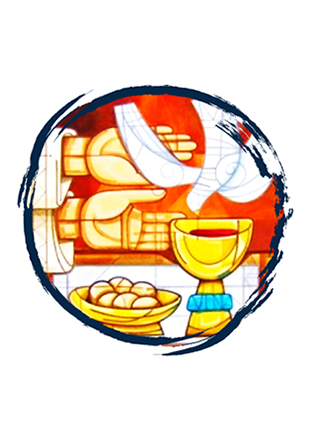
Mystagogy
In the Eucharist, everything God has ever done for humanity, everything He is doing now, and everything He will ever do is in some way symbolised.
Every moment, every gesture and every word in the Eucharist is connected in multiple ways to what has been revealed in the Bible.
Mystagogy is the process whereby we start with a particular aspect of the Liturgy and find how it might be linked to some part of the Bible.
The programme places liturgical moments side by side with some of the key Biblical revelations, enabling children to discover the links for themselves.

Typology
The Church interprets the Bible using a method called “Typology”.
This views the whole of Scripture as having a unity, fitting into a Plan of God.
This means that what God does in the New Testament is already foreshadowed in the Old Testament.
There are five foundational Typologies used in the programme:
- Creation of the world – Foreshadowing the re-creation in Christ
- Sin and the Fall of Adam – Foreshadowing the restoration of grace in Christ, the new Adam.
- The Flood and Noah’s Ark – Foreshadowing the Church as the Ark of Salvation
- Abraham and the Sacrifice of Isaac – Foreshadowing the Sacrifice of Christ
- Moses and the Exodus – Foreshadowing the Paschal Mystery
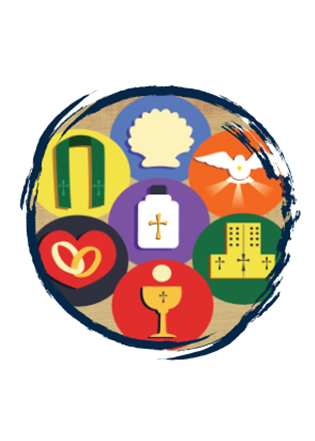
Sensitive Period/Developmental Stages
Children learn in developmental stages – called sensitive periods by Montessori. This educational idea is an enduring insight, tested and researched for over a hundred years.
Sofia Cavalletti and her collaborator, Gianna Gobbi, spent fifty years identifying the most appropriate religious education materials for each of the known developmental stages.
It is these materials that are used as the basis of the Religious Education programme. Any new materials developed should take account of the sensitive periods.
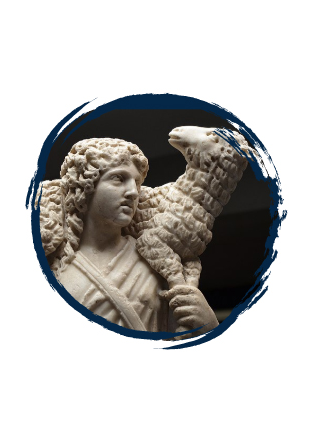
Scriptures as an Unfolding Mystery
Scripture is viewed as truly the Word of God – when we hear the words of Scripture, it is God who is speaking. The words contain mysteries that need to be reflected upon.
The parables are good examples of what is meant by this. They provide us with a concrete image which contains many layers of meaning.
The more we think about them, the more the mystery unfolds. This takes time and it presumes that God himself is communicating with us in our thoughts and deepening understandings.

Moral Formation
Christian morality is primarily a relationship with God rather than a set of rules and regulations.
In the words of the Gospel of St John: “If you love me, you will keep my commandments.” (John 14:15). The motive for any moral action is love of God.
We trust that God has revealed the moral law so that we can understand what will make us happy, and this is why He wants us to follow it.
Moral formation begins with a foundation of love, and only then do we engage in the kind of moral reflection that helps us to know what is good.
Through prayer and self-giving, we learn how to live happy and moral lives. This is the basis of the moral formation aspects of the programme.
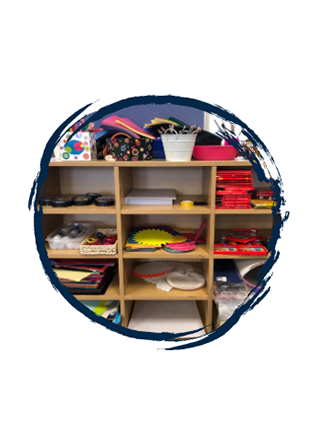
Environment as Teacher
Human beings have been created with material and spiritual dimensions.
The typical order of learning runs from body to heart to mind.
Children learn best when they begin with concrete materials which help them first of all to love the God who created these things for them, and then to reflect upon and grasp the meaning intellectually.
For this reason, a carefully prepared environment in which concrete materials cause the child to be curious and then gradually learn the meaning of what they encounter serves as the basis of the programme.
This is a well-known educational technique, which has proved to be successful over many years: concrete to abstract.
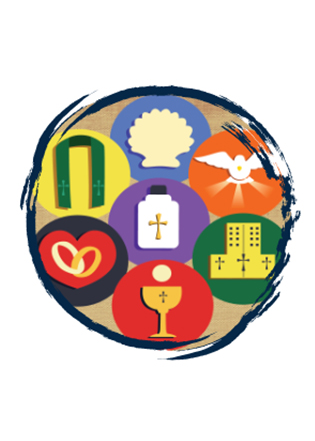
Sacraments
In the words of Pope St Leo the Great, Sacraments are the means by which Christ remains visibly present on earth.
To celebrate a sacrament is to be in the presence of Christ. A sacrament is both physical and spiritual at the same time. This means that a sacrament always has two dimensions – a sign that can be detected by the senses and a spiritual reality that is present simultaneously.
Children need to be shown that the Sacraments make present the realities that have been made present in the Scriptures. It is for this reason that the two are presented in near proximity – a sacramental rite and a Scriptural diorama or set of cards.
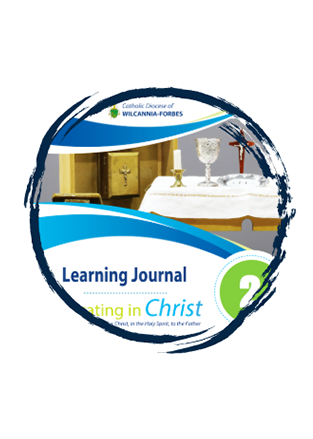
Learning Journal
Children are provided with a learning journal in which all of the materials for each level are identified by: a title; a picture; a short description and a brief doctrinal summary.
Each time the child reflects on a particular material, there is space for these reflections to be written down or drawn. These reflections can be the basis of ongoing sharing with the teacher.
The doctrinal summary is only entered into the relevant space when the child can explain to the teacher what it means.
In speaking to the children, the teacher will often return to the child’s journal and revisit what has already been learned. Sometimes, the teacher may ask the child’s permission to record an insight that has been shared in the conversation.
